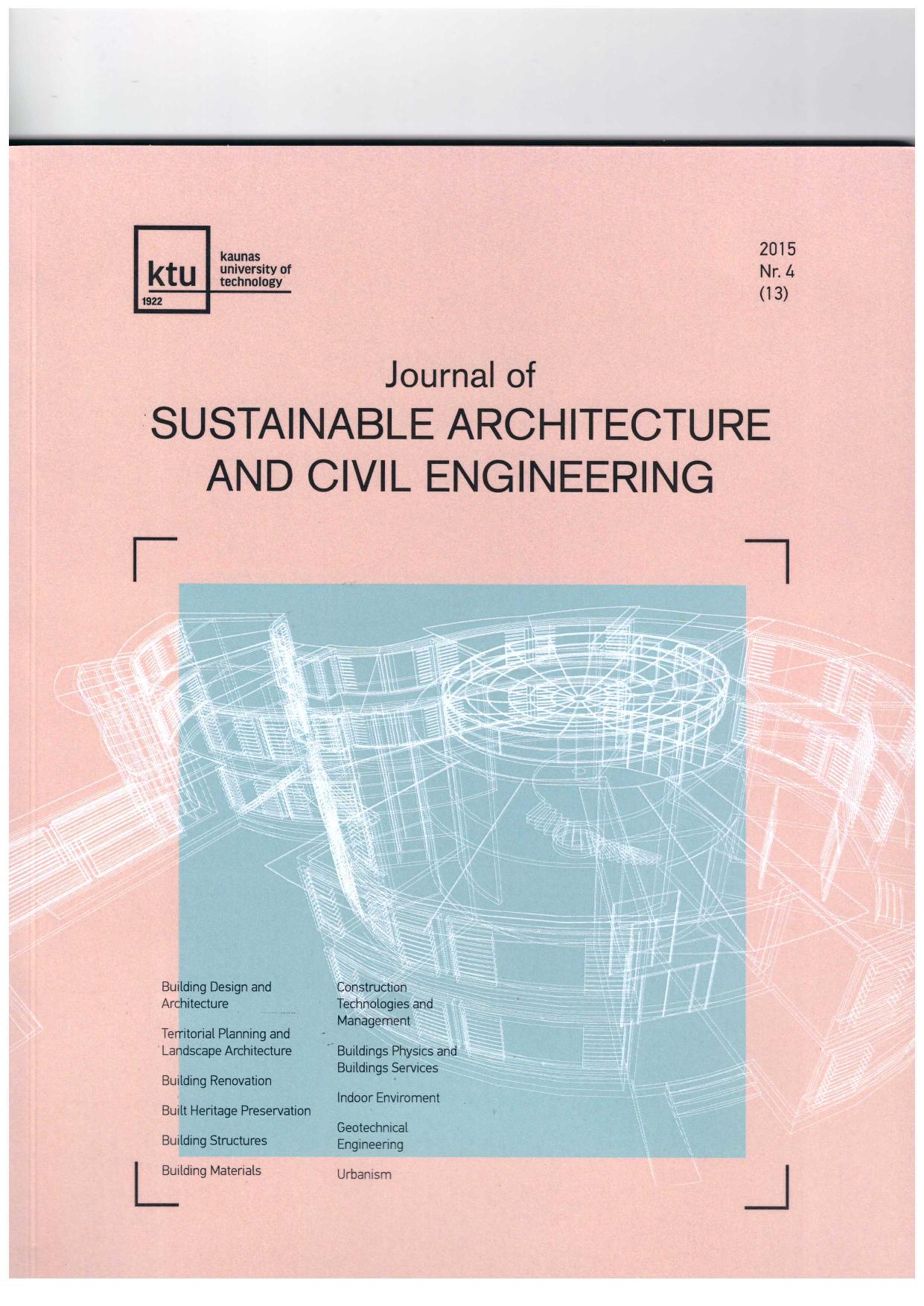Development of Airtightness of Estonian Wooden Buildings
Development of Airtightness of Estonian Wooden Buildings
Author(s): Jaanus Hallik, Targo KalameesSubject(s): Architecture, Energy and Environmental Studies, Evaluation research
Published by: Exeley Inc.
Keywords: airtightness; air leakage; pressurisation test;
Summary/Abstract: The field measurements of airtightness in Estonian detached and apartment buildings conducted between 2003 – 2017 were combined into a large dataset for further analysis. The buildings were classified based on building structure, number of storeys, year of construction, energy classification and compactness factors. A subset with all wooden buildings (313 in total) was statistically analysed to determine the average (median) air leakage rates at 50 Pa and tested (Kruskal-Wallis test with post-hoc Conover test) for significant differences within the grouping factors. As expected, the median air leakage (q50) of older buildings between 10.7 and 13.9 m3/(hm2) has decreased to 1.1 m3/(hm2) after the minimum requirements for energy efficiency have taken effect. A more detailed analysis on newer buildings showed that quality of the workmanship combining systematic measurement routines as well as prefabrication, yields significantly lower median air leakages compared to on-site construction. The buildings with better energy classification targets also achieved lower median air leakages compared to buildings designed to meet minimum requirements. Further analysis showed significant differences between buildings with lightweight timber construction and those with log construction. This can be due to fact that the airtightness has been predominantly measured in prefabricated buildings compared to on-site building technology. Surprisingly, the analysis showed no significant difference between buildings with a different compactness factor or a different number of storeys. For use in energy calculations, the base values of air leakage rates for each group are calculated and presented accounting for variation of measurements.
Journal: Journal of Sustainable Architecture and Civil Engineering
- Issue Year: 24/2019
- Issue No: 1
- Page Range: 36-43
- Page Count: 8
- Language: English

